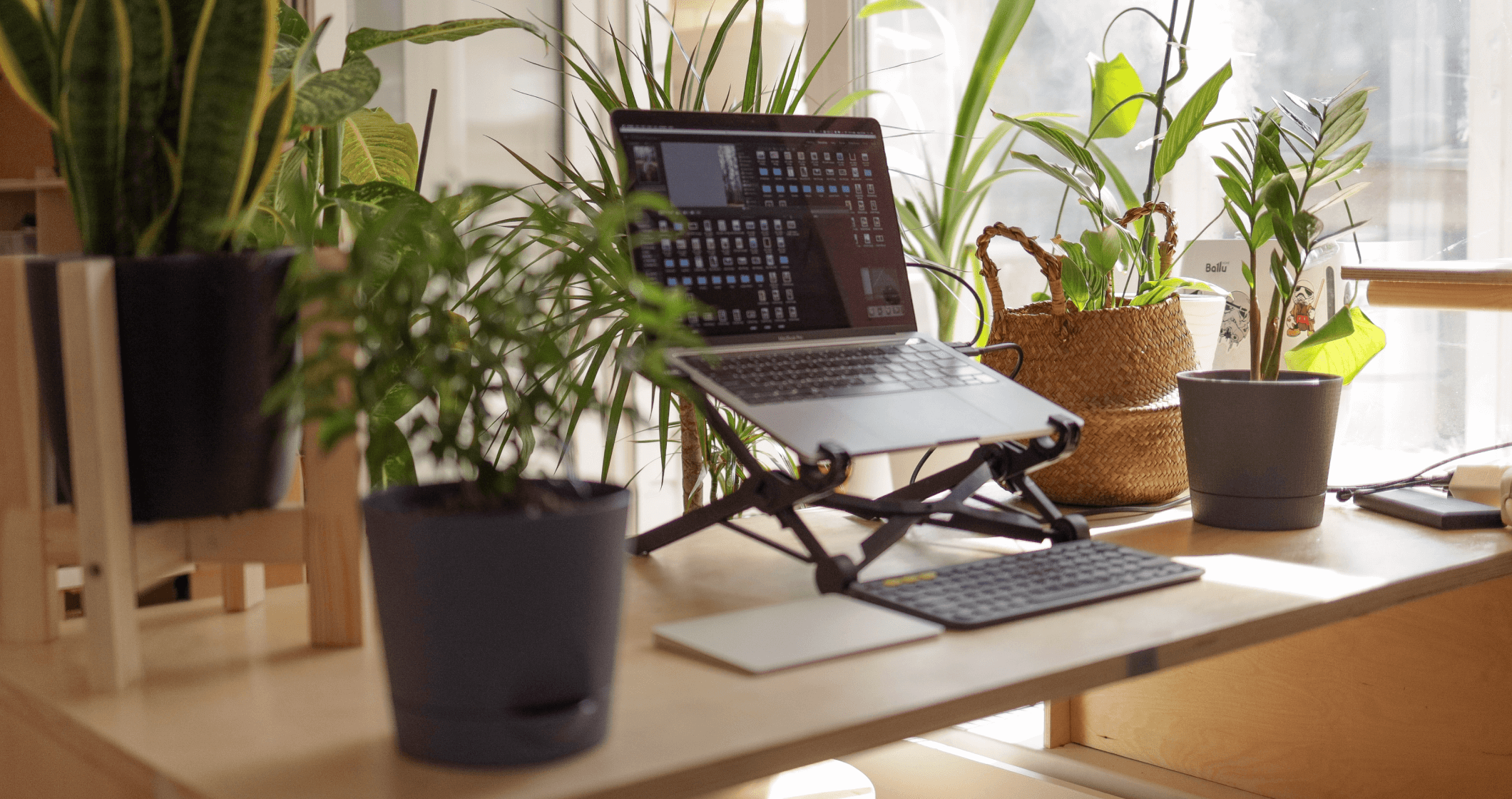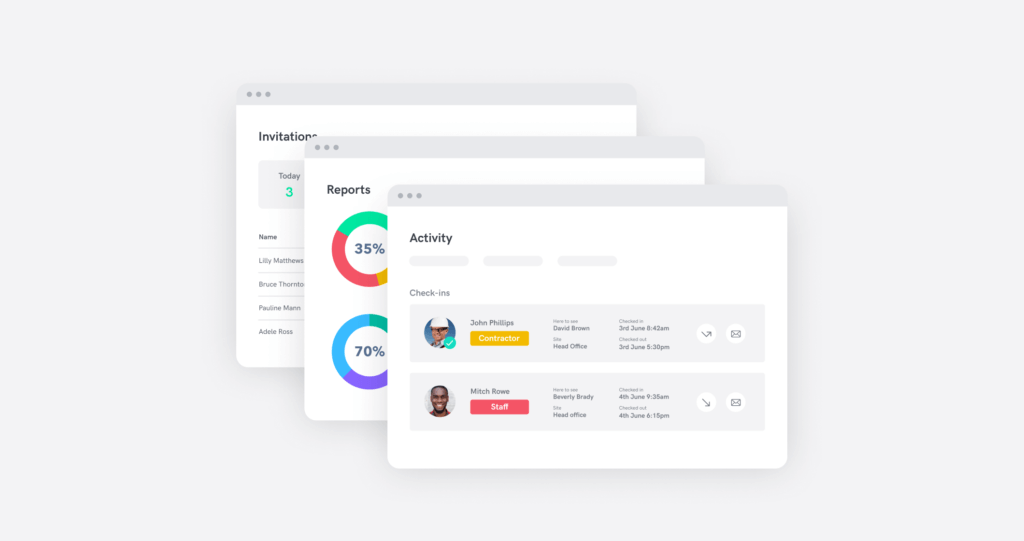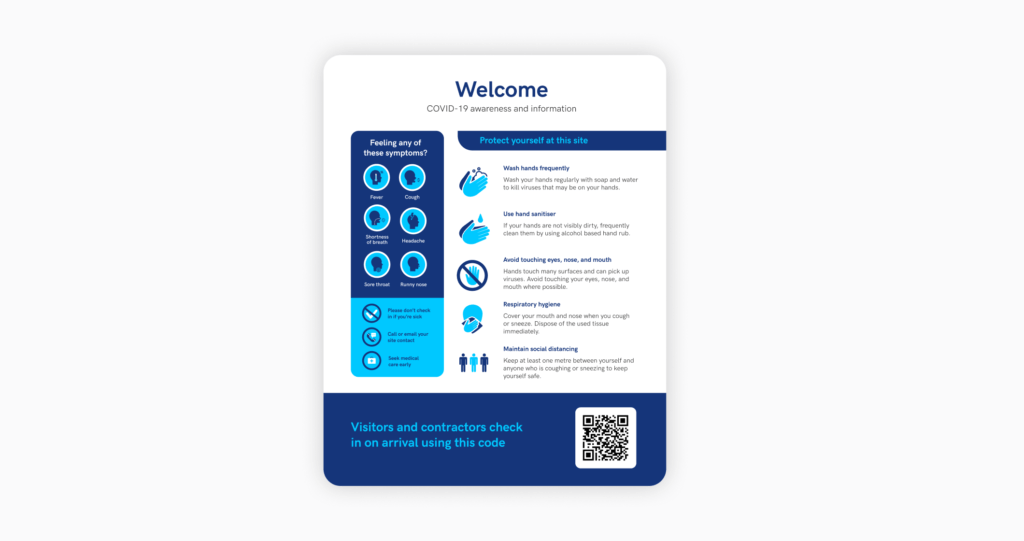
In the world of work, if there is one element we can trust to remain consistent, it’s change.
Few periods in recent memory have seen as significant a change across organisations globally as we have over the past twelve months. But now, as we progress deeper into 2021, we must all begin to ask the question “How can we get back to the workplace?”.
In tackling this question, it has become apparent for many that their definition of the “workplace” must shift. No longer can we only look at the bricks and mortar of a physical location. But rather, we have been shown a far broader workplace. One that spans both physical and digital realms.
Now, we see the emergence of the hybrid workplace.
So if the way forward is a hybrid workplace, we must first establish what this workplace will be a hybrid of.
The traditional workplace has been predominantly physical. It is a physical office location, that contains all the equipment and facilities that employee require to perform their work.
The physical workplace has seen its fair share of change in recent times. With shifts away from the old-fashioned sea of cubicles and desks, in favour of open-plan offices. Prioritising collaboration between employees and across departments. The open-plan office seeks to remove the physical barriers that used to separate workers.
While there has been some success seen in this approach. When it is not executed effectively it can also lead to a sensory overload and produce loud, chaotic environments that leave some workers feeling overwhelmed.
The virtual workplace, meanwhile, exists digitally. As communication has increasingly shifted online, virtual workplace environments have followed. Attempting to bring the physical workplace experience to teams now operating across state and country divides.
The hybrid work approach is shaping up as an ideal solution for the return to site challenge that many are now facing. With many employees unwilling to forgo all the benefits that were discovered, on top of the ongoing management of capacity limitations in many regions.
While hybrid work started as an operational necessity in the emergence from the pandemic. The flexibility and benefits it has to offer are seeing it firm as a preferred operational model for the “new normal” of work into the future.
Historically, many organisations have resorted to a “one size fits most” approach when it comes to workplace environments and employee productivity.
But we all know that person.
The one who is somehow in the office hours before anyone else, powering through work. Or the one who is furiously typing away, well into the evening, long after many of their colleagues have turned into bed.
The reality is, that everyone employee is different. Everyone works best in different conditions and situations. Or is at their most effective, cognitively, during hours that are entirely unique to them. On top of that, it’s also important to consider the nature of the tasks being performed and the suitability of the surrounding environment.
With shifts to open-plan offices, we have helped foster collaboration. But in doing so, it has also made it harder in many cases for employees to focus on tasks that require deep thought. With constant noise and distractions around them.

In the evolving employment landscape, one of the biggest shifts of recent years is the ever-increasing focus on ”work-life balance”.
A recent Gartner study found that, after compensation, work-life balance is the most important driver for employees in the United States. With many ranking it as more valuable than health benefits.
And with good reason. Achieving work-life balance has been linked to a wide range of benefits for both employees and employers. Employees that report a strong work-life balance report fewer health problems, particularly around their physical and mental health. In addition, it is a strong driver of employee engagement—a metric that offers a direct correlation to the operating income of organisations.
The average employee spends at least one hour commuting to and from work every weekday. Over the course of a week, this adds up to a considerable amount of time lost in transit.
One of the most significant benefits that employees found while working remotely was an improved work-life balance. For many, this came from removing their commute time. Whether it was additional time to spend with family, the opportunity to use that time completing household chores or exercising and focussing on one’s physical health.
The hybrid work approach is a great way to improve the work-life balance for all your employees. By allowing them to choose the most appropriate split between their time in the office and working remotely. Leading you to happier, more productive and more fulfilled employees.
With a hybrid work approach, the workplace becomes more of a communal space. One where employees can come together and collaborate on projects. Meanwhile, for more involved, high focus work, employees can use more private spaces. Or even work from the comfort of their own home.
In a hybrid office, you will rarely, if ever, see buildings at 100% of their pre-pandemic capacity. Resulting in reduced space needs for many organisations. In turn, this allows organisations to reduce their annual spend on office space. Then, either benefits from these cost reductions or re-allocate these funds into other channels that drive a far greater return on investment for the organisation.

While the shift to remote work was driven by the need to prevent the spread of COVID-19, there was also a significant drop in the number of cold and flu cases reported throughout 2020. Stemming not only from the increased focus on hygiene and infection prevention. But also rooted in the extra care taken by employees to not attend the workplace if they had any symptoms.
In years gone by, it was common for employees to “push through” cold and flu symptoms to still attend the workplace. For many, this stemmed from a fear of using up their sick leave. Or for some, the desire to display their commitment to their employer and dedication to their job.
However, in reality, it just meant that rather than one person missing time due to illness, half the office would end up on sick leave after contracting that same illness.

The hybrid work approach better facilitates the management of infection and illness in the workplace. In many instances, employees are able and willing to work through common cold symptoms. With a hybrid approach that allows for both remote and on-site work, employees are able to continue working through mild symptoms, as they wish. Rather than coming into the office and spreading infection.
The accessibility of the internet has opened up the availability of knowledge across the globe. In turn, we are now seeing exceptional talent and intellect pop up in every possible region.
For companies operating on a global scale, it is essential to have access to the best talent available. However, for many, their inherent physical location can frequently act as a blocker to their ability to attract and retain the talent they require to excel.
The surge of remote work capabilities and its broader acceptance by many world-leading organisations has also created a change of mindset. Now, employers are far more receptive to the idea of employees who operate nearly 100% remotely. As a result, through these more open-minded recruiting practices and greater flexibility to where employees work from. Organisations are no longer limited to that best talent that lives (or is willing to live) in their immediate geographic location. Instead, they are able to access a talent pool that is simply the best available talent.
The hybrid work model is still a fresh and new one. But as such it is essential that workplace leaders approach the shift with a cautious yet open mind. Whether it’s a matter of starting small with pilot programs across select teams. The model must be flexible and willing to take on board constructive feedback.
For hybrid work to succeed, it must be flexible and adapt to the needs of the organisation.